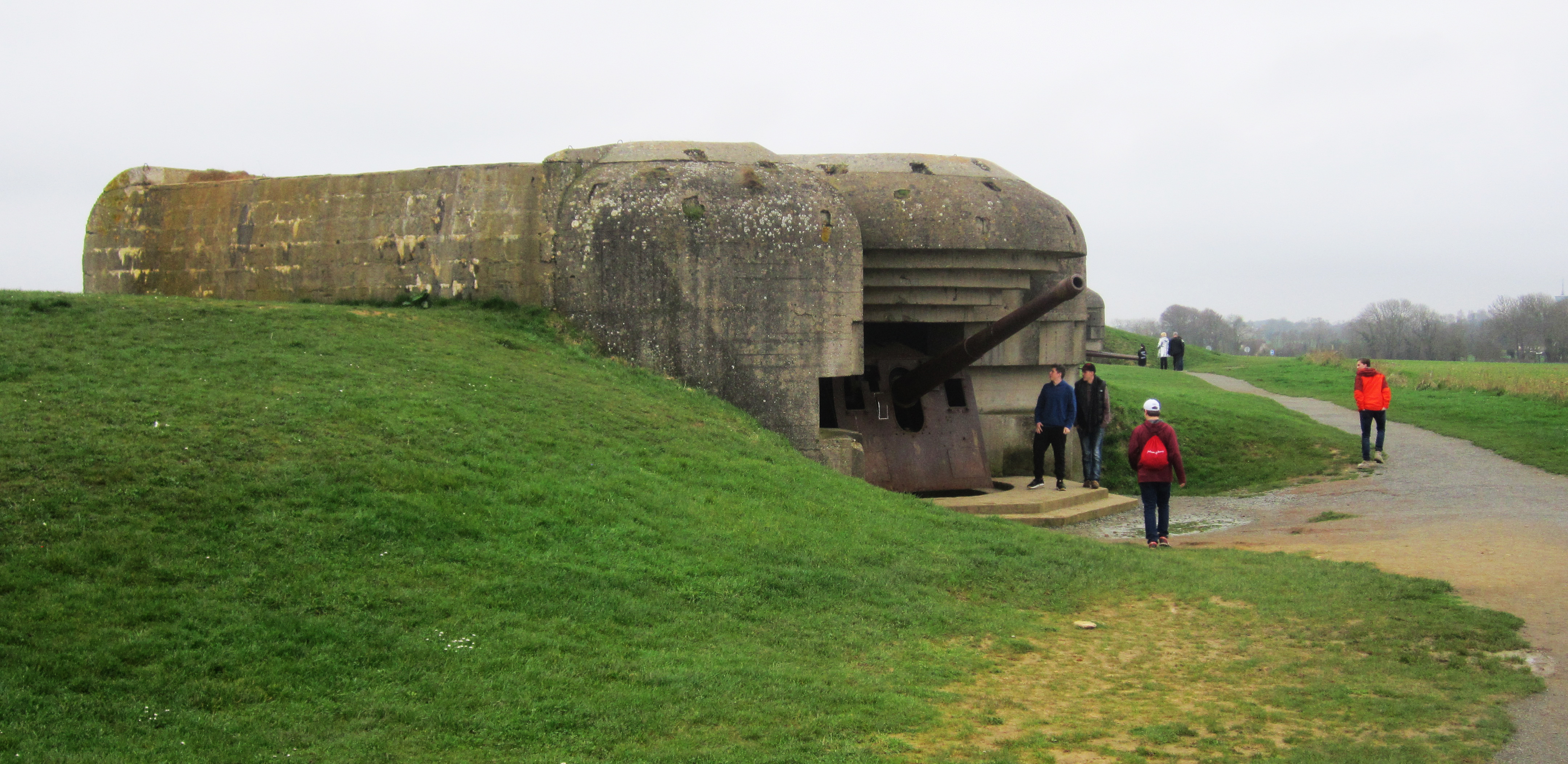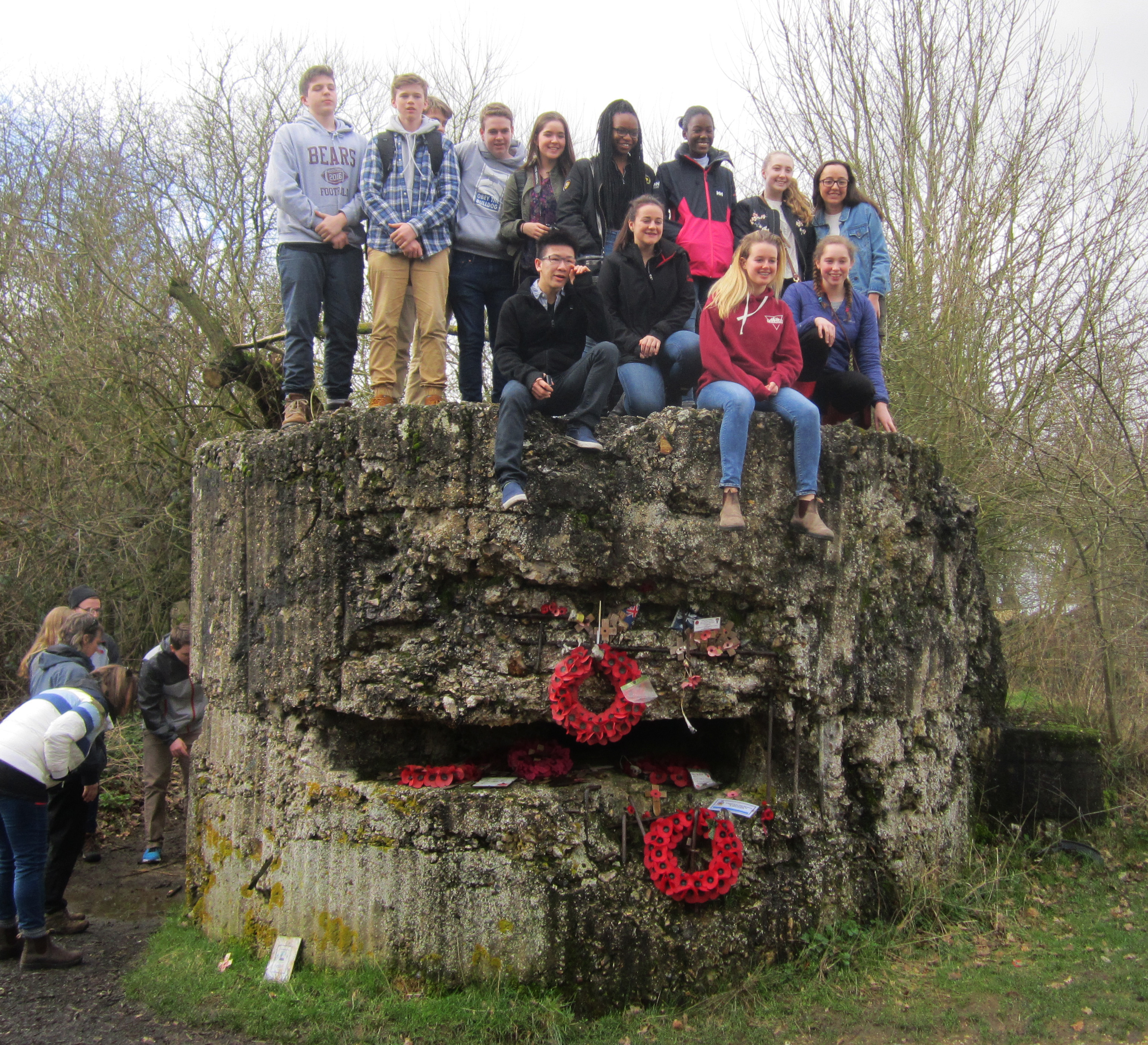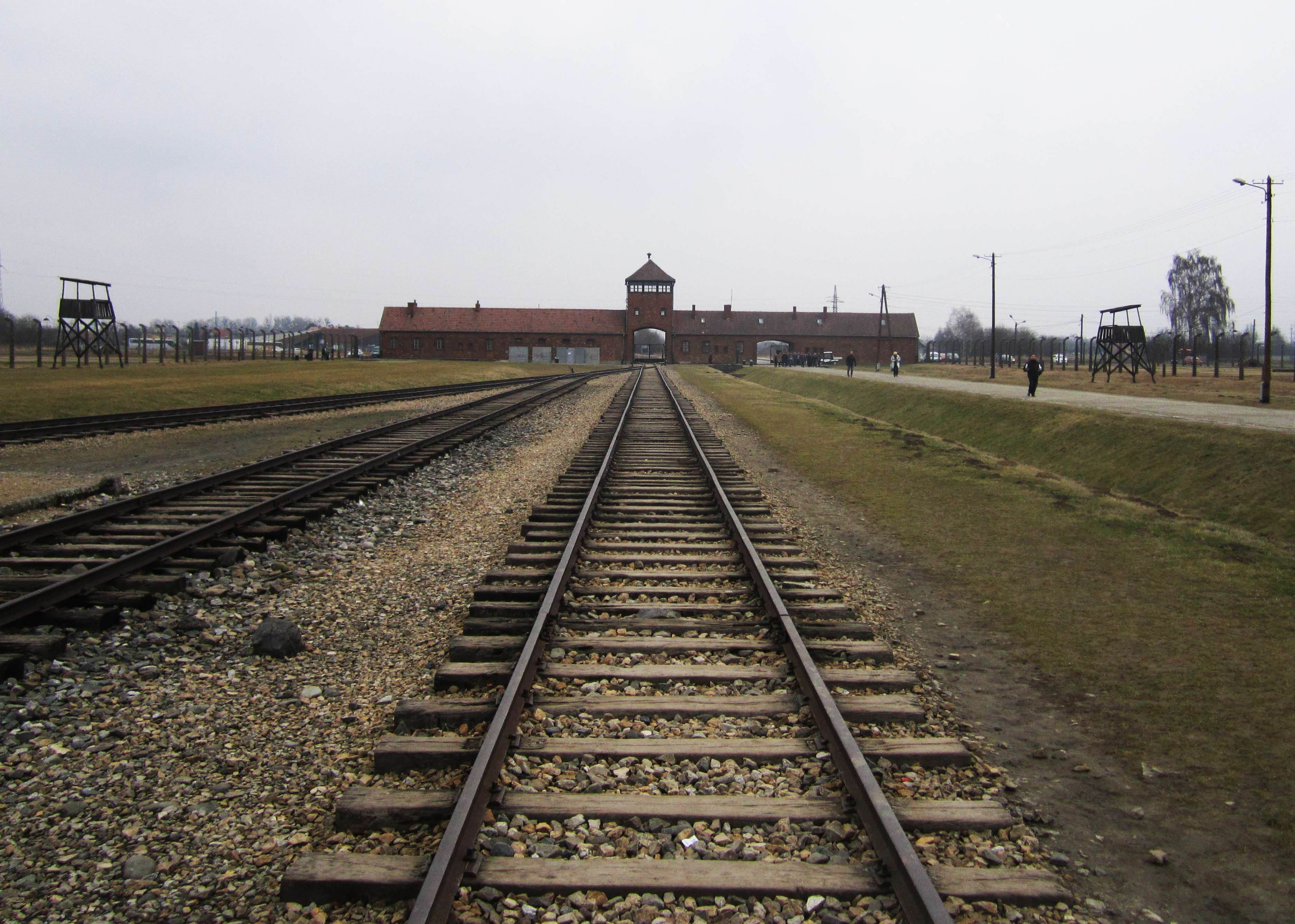
In France, just outside Arras, the Douai Plain’s western edge bubbled with dunes, treacherous as the deep rough of a golf course. But this was no par 3; the undulating pockmarks were the scarred remnants of World War I shelling. This was the battlefield of Vimy Ridge.
I stood in the parking lot with 40 Grade 10 history students as they yawned and rubbed at sleep from their eyes. The plain — bordered by dense, dark forest as if grown from the memories of battle — lay exposed before us and an early March wind swept over the dunes and blurred the edges of my eyes with tears. Tears seemed appropriate here.
Dave, the head chaperone, gathered the students in close, reminding them of the importance of the surrounding 250 acres. Then he released them. The students filed silently towards the towering white-limestone pylons of the Canadian National Vimy Memorial, heads craned, mouths agape, eyes wide like the devout approaching the gates of heaven. In less than a month (April 9, 2017) the site would celebrate the 100th anniversary of the Battle of Vimy Ridge.

Above: The Canadian students get to see the results of war up close during their battlefield tour.
The school trip — a 10-day bus tour through Belgium, France and Poland — was intended to educate students about the Canadian footprint left on European soil during the two World Wars. For many students this was their first time travelling outside of Canada, let alone without parents. For me it was the first time chaperoning, leading my mind to tightrope between the many ulcer-producing situations the students might find themselves in. But, to my surprise, the students proved truly insightful travel companions.
Our trip began in Belgium where we visited Essex Farm Cemetery, a resting place for Commonwealth soldiers a few kilometres outside Ypres.
The former battlefield — now sandwiched between a roadway and canal — is believed to be where Canadian physician and poet Lieutenant Colonel John McCrae wrote the iconic poem “In Flanders Fields” after the death of friend Alexis Helmer.
On the day we visited, the sky was overcast and the ground soggy. Mud sucked at students’ boots as they wandered between limestone graves pushed up through the earth like abraded teeth.
Many of the students lingered near one grave in particular, their faces solemn and pallid as if the colour had leeched into the grass and mud. The gravestone belonged to Valentine Joe Strudwick, a British soldier killed at Essex Farm during World War I. On the stone was carved his age at death: 15 — the same age as the students.

Above: Above Juno Beach, students inspect one of the gun bunkers that rained shells down on the Allies.
For a few nights we settled in Normandy, France — Caen to be exact. A day trip by bus took us to Juno Beach, nestled on the English Channel. Canadian university students lead tours here, along with Vimy Ridge and Beaumont-Hamel.
“I’ve never seen the tide so low,” our guide, a poli-sci major from the University of British Columbia, told us. It stretched out beyond a rock’s throw revealing shallow footprints across the sand. In a sudden anachronistic lapse I imagined the footprints belonging to the soldiers of D-Day; hearing the deafening starburst of explosives, the whizz of hot metal shrapnel; the unpredictable give of the sand, the core-wrenching dread at the ominous sight of German concrete bunkers. But here were our students, skipping rocks and collecting seashells.
Olivia, one of the students, emptied a plastic water bottle and filled it with sand. When I asked her why she told me that her great grandfather had fought and fallen at Juno. The sand was for her grandmother.
From Charles de Gaulle airport we hopped a budget flight to Krakow, Poland, knees braced against chests, unwilling contortionists in the compact aircraft. Our destination was Auschwitz, the infamous concentration camp located in the city of Oswiecim, an hour drive from Krakow. We arrived in the early morning, missing the bus-packed lots and winding admission lines. Dense fog still choked the air leaving a damp chill. Kamill, our guide, spoke in a solemn hush when he led us into the camp as if the guards might still be listening. We passed beneath the wrought iron gate with the spidery letters: “Arbeit Macht Frei” “Work makes you free.”
Over a million prisoners were put to death in Auschwitz yet the red brick buildings with their manicured lawns spaced along measured gravel streets looked like a suburban snapshot. The exhibits, however, quickly bucked this idyllic sentiment, reminding us of Auschwitz’s sinister past: the gas chambers modelled after communal showers with small ceiling slits for lethal Zyklon B tablets; the medical building where prisoner experimentation took place, including Dr. Josef Mengele’s infamous twin trials, injecting chloroform directly into the hearts of children and the glassed-in displays of prisoners’ confiscated effects — hundreds of crushed spectacles tangled into a metal tumbleweed, 2,000 kilograms of human hair. A few of the girls cried quietly during the tour and the boys were ghost-pale, their steps taking on the wobble of a decelerating top. But the tour did not stop. No one took them aside and asked if they were all right. This was reality and they were being forced to face it.


Left: Time for a group photo. Right: Tracks lead to the gates of one of the Nazis' infamous death camps.
The trip wasn’t all sombre, however. We ended in Paris beneath a temperate sun, soaking up 18C weather while admiring the work of artists in Montmartre and walking the Champs-Élysées.
On the flight home, veering out over the Atlantic, nose pointed towards Toronto, the students’ heads still buzzed with questions as the ghosts of Europe receded behind them. But these were not the kind of questions that statistics in their textbooks or the resources of their teachers could answer. In fact, as they settled into their seats and plugged into the flight’s entertainment system, the students realized this trip had not solely been an education on Canadian history but a lesson on the character of humanity.
About the Author
Andrew, a freelance writer based out of Toronto, has been scribbling notes out of a backpack for the past five years. Having touched down in countries throughout North America, Europe and Asia, this young writer has set his sights on trotting the globe. Along with TraveLife, Andrew has also been published in the Globe and Mail and a number of regional publications. Occasionally he posts adventure stories to his blog, Preliminary Talk.